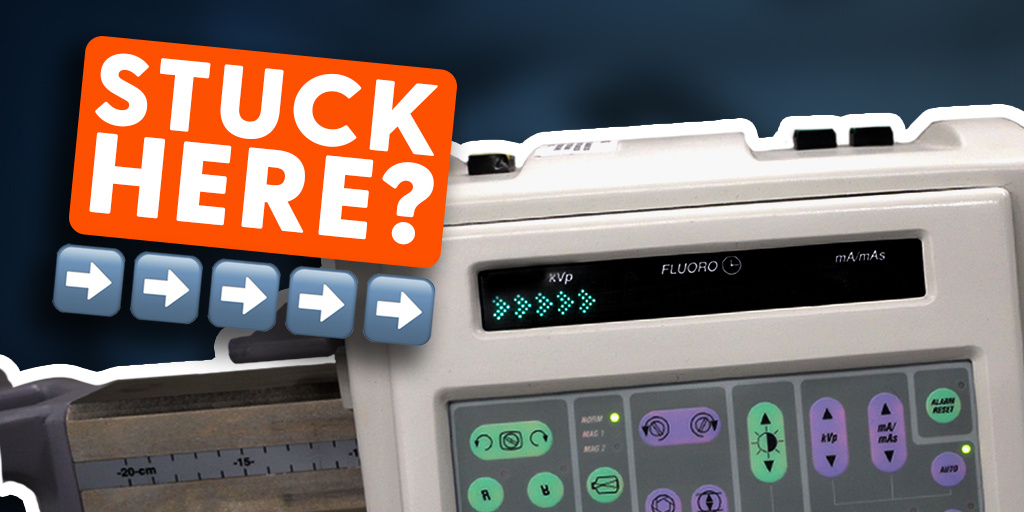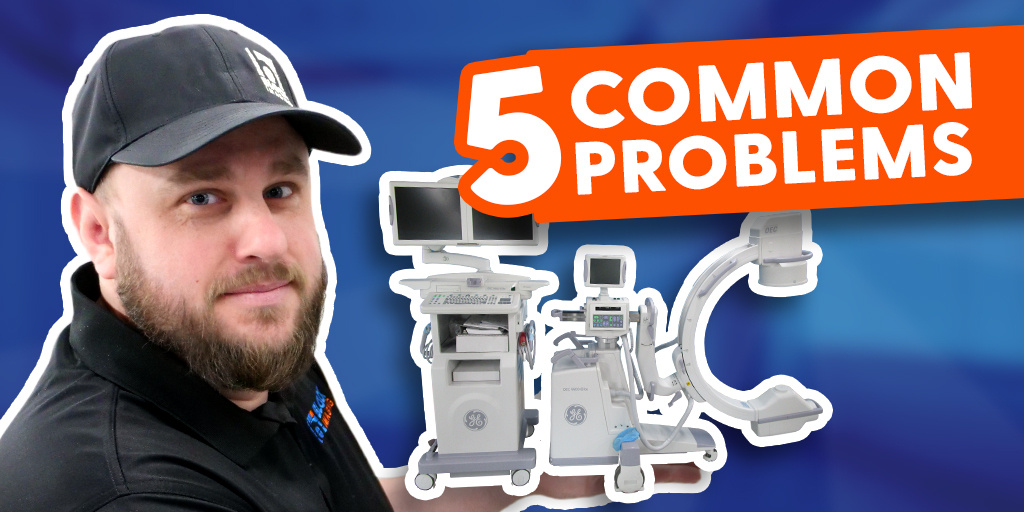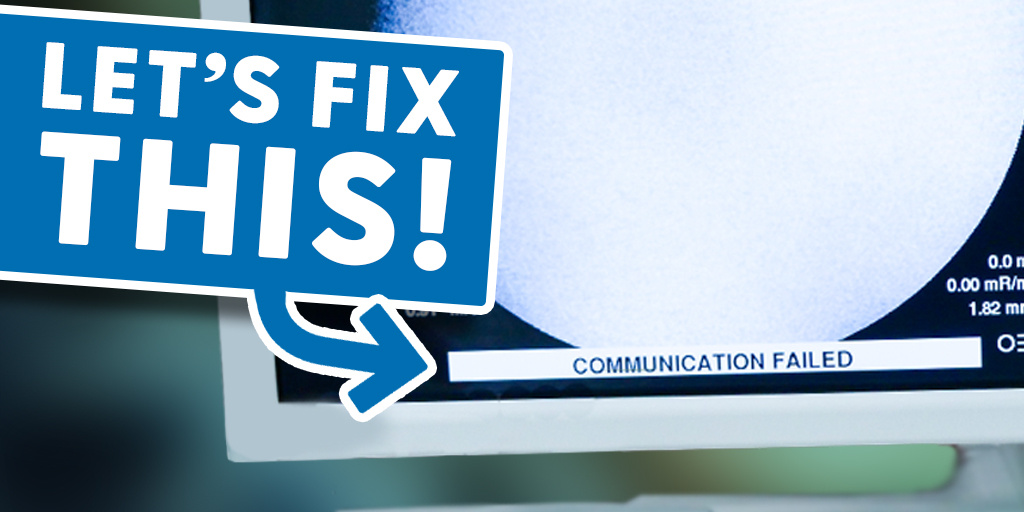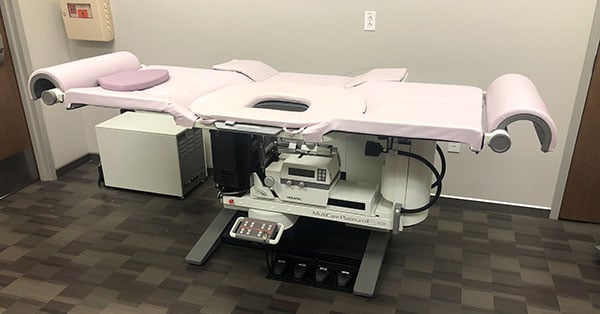
January 4, 2019 : 2 min read
Hologic Multicare Declared End of Life: What's Next?
If your facility has a Hologic Multicare stereotactic table, you know by now that Hologic has declared the Multicare to be "end of life" (EOL).
While an EOL designation can sound scary, we want to reassure you that you have options available to keep your system running for years to come.
Below we will share with you why OEMs use EOL designations, why EOL doesn't require an urgent response, and how EOL can actually benefit your operating budget.
Why is my system declared EOL?
Most EOL designations are rolled out ten years or so after a model's final year in production. EOL means a manufacturer is putting a firm end date on their obligation to provide replacement parts and service support for that equipment. It also means they won't need to take potentially costly measures to make older equipment compliant as government standards change.
The primary reason OEMs issue EOL designations though, is to direct customers onto the upgrade track for their newer models. The upgrade track isn't necessarily a bad road to travel. Newer systems can offer technology that improves image quality, tech/doctor workflow, and the comfort of patients. But, of course, newer systems come with bigger prices; prices that many smaller facilities aren't ready to handle on short notice.
Two Reasons EOL Isn't Typically Urgent
There are two main reasons why an EOL designation doesn't typically require an urgent response:
1. If you are currently covered by an OEM service contract, they are still obligated to support you for the duration of the contract. This duration might be longer for some than others, but you won't be denied support immediately.
2. When an OEM tapers off their support for a model, parts and service don't disappear from the market altogether. For many models, third-party parts and service providers, like Block Imaging, have the resources that can keep them scanning for several more years.
How You Can Save with EOL
There are two situations in which an EOL designation comes as a financial advantage. Consider these scenarios:
With the OEM no longer a contender for service coverage, and your plans to upgrade still a year or two in the future, you begin considering independent service options. An independent service option can continue to provide you parts and service for 30-40% less than you were previously spending.
With your Multicare in its EOL phase, you may decide that now is the time to upgrade the biopsy equipment at your primary facility. You can utilize an independent parts and service provider to relocate your equipment to a secondary outpatient facility, and still save the 30-40% service coverage costs we mentioned above.
The Takeaway
While being subject to an EOL notice does mean that something has to change at your facility, it doesn't mean the change needs to be expensive or happen right away. By leveraging the availability of third-party parts and service providers, the change could be years from now and actually save you significantly.
If your stereotactic table's EOL designation has left you wondering about your next steps, just keep in mind that you probably have more time than you think and that parts and service providers like Block Imaging have everything they need to keep your Multicare going for several more years.
With 35,000+ parts in stock, service options from full service to preventative maintenance, and a team of field service engineers across the US, Block Imaging is more than equipped to help your Multicare stay up and running.
Contact our service team today to see how we can support you now that your system is declared EOL.
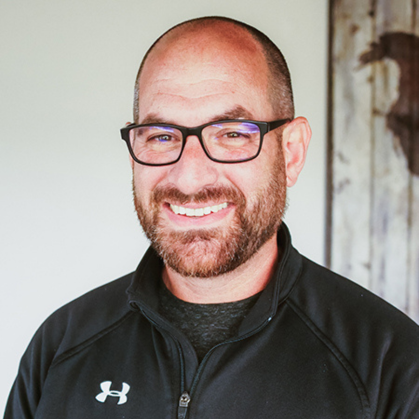
Chris Kinnas
Chris Kinnas is a National Service Solutions Manager at Block Imaging. His goal is to see imaging facilities covered by the very best service for maximum equipment uptime. Outside of the office, he is a husband, a father of 4, and an avid Chicago sports fan.


